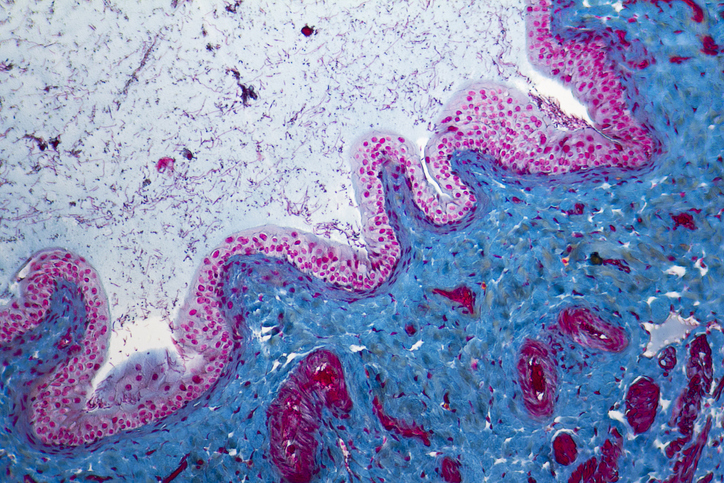
Older adults may benefit from dual-energy X-ray absorptiometry (DXA) scanning, according to a study, which linked low muscle mass (LMM) to increased mortality in adults aged ≥ 65 years.
“Body composition and its association with mortality in older adults have been extensively studied recently. Less‐accurate methods have mostly been investigated, such as anthropometry and [bioelectrical impedance analysis],” wrote the study authors, whose work appeared in the July issue of the Journal of Bone and Mineral Research. “DXA as a method for estimating mortality in older adults has seldom been studied. Moreover, the few studies that assess fat mass and its association with mortality have not analyzed its subcomponents, such as visceral adipose tissue.”
Therefore, the researchers assessed body composition in older community-dwelling adults, including an evaluation of total fat mass, visceral adipose tissue (VAT), appendicular lean mass (ALM), and different definitions of LMM.
A total of 839 patients (women, n = 516; men, n = 323) completed a questionnaire, provided clinical data, and underwent laboratory exams and DXA body composition at baseline. LMM was determined based on ALM adjusted for fat and ALM divided by height. Total fat and components—including VAT—were estimated. During a mean follow-up of about four years, 132 patients died, and 168 were lost to follow-up. After excluding 18 patients due to incomplete data, 707 patients were included in the second analysis.
“We evaluated the body composition of this group, focusing on appendicular muscle mass, subcutaneous fat and visceral fat. We then sought to determine which of these factors could predict mortality in the ensuing years. We concluded that the key factor was the amount of appendicular lean mass,” principal study investigator Rosa Maria Rodrigues Pereira, full professor and head of rheumatology at the University of São Paulo’s Medical School in Brazil, said to Agência FAPESP, according to a press release. FAPESP supported the study.
LMM Tied to Mortality Risk
When evaluating the male patients, in adjusted analyses, there was a significantly increased all-cause mortality risk associated with LMM (odds ratio [OR], 11.36; 95% confidence interval [CI], 2.21–58.37; P = 0.004) and VAT (OR, 1.99; 95% CI, 1.38–2.87; P < 0.001, for each 100‐g increase). However, total fat was correlated with a decreased mortality risk (OR, 0.48; 95% CI, 0.33–0.71; P < 0.001). When looking at cardiovascular mortality, the results were similar. In women, the only predictor of mortality was LMM, but the association was significant for both all-cause (OR, 62.88, 95% CI, 22.59 to 175.0, P < 0.001) and cardiovascular (OR, 74.54, 95% CI, 9.72 to 571.46, P < 0.001) mortality.
The researchers concluded that LMM is an independent risk factor for mortality in older men and women.
“The fat mass seems to play opposite roles according to its distribution in older men. Visceral fat increases the risk of death, whereas total body fat has a protective role, quite different to what is established in the literature for young adults,” the study authors observed. “These findings highlight the importance of body composition by DXA as a promising tool for the evaluation of sarcopenia, body fat, and mortality risk in older adults.”







 © 2025 Mashup Media, LLC, a Formedics Property. All Rights Reserved.
© 2025 Mashup Media, LLC, a Formedics Property. All Rights Reserved.